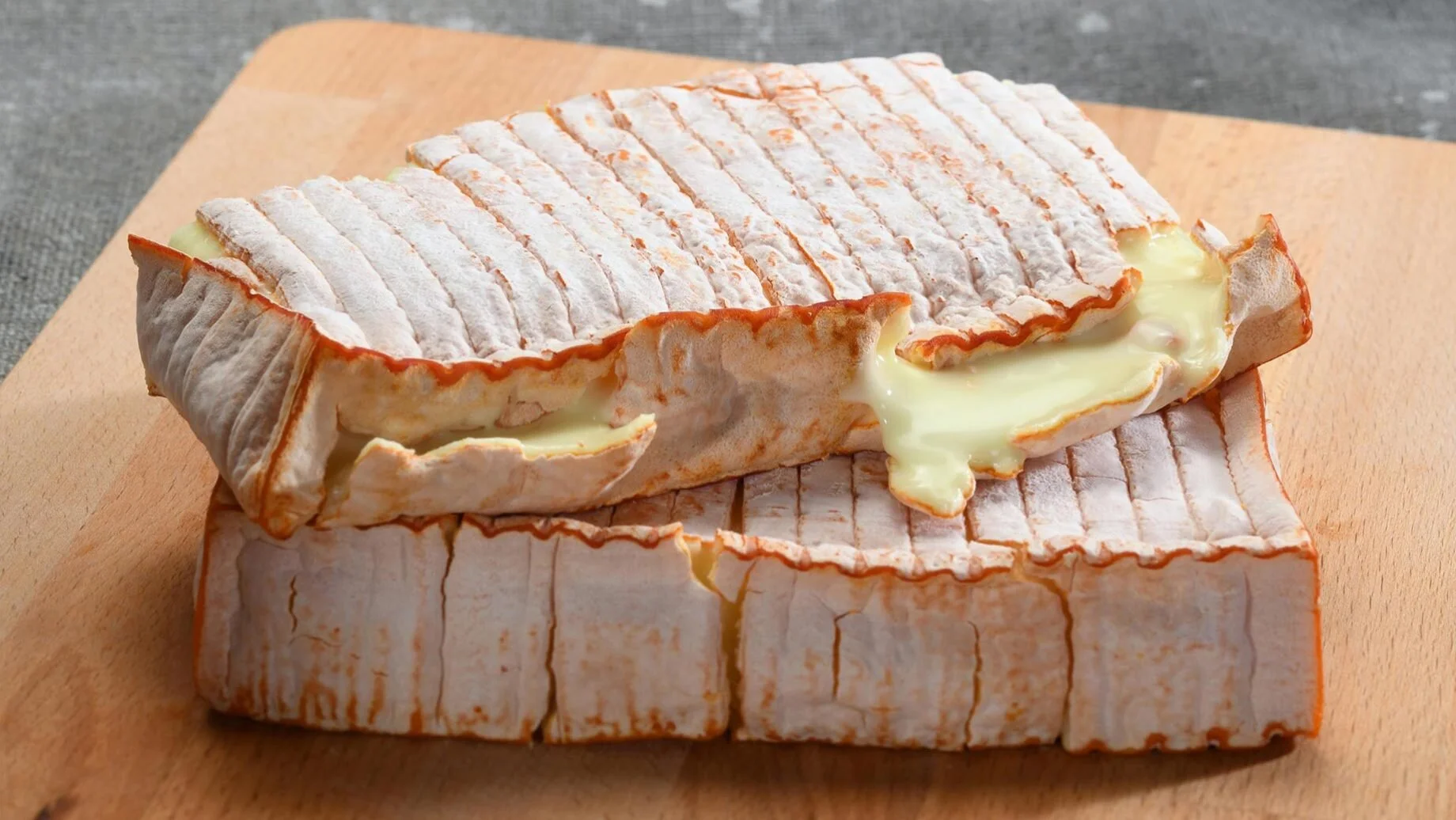Photo: guffantiformaggi.com
World Cheese Encyclopaedia - Each Sunday learn all about a new cheese.
This week Valtellina Casera from Italy.
Photo: weareitaly.net
Country: Italy 🇮🇹
Region: Lombardy, Province of Sondrio
Made from: Cow’s milk
Pasteurized: No
Texture: Soft, elastic, yellow paste with pinholes
Taste: Intense, piquant with traces of dried fruit
Certification: DOP
Aging: From 70 days to over 10 months
Valtellina Casera is a cheese made from local semi-skimmed cows’ milk in the northern Italian province of Sondrio. It is produced following traditional alpine methods, and its origins date back to the sixteenth century. It is much used in the cuisine of the Valtellina: particularly in dishes based on buckwheat flour.
It has had Protected designation of origin (PDO) status under European Union law since 1996. Its production is managed by the Consorzio Tutela Formaggi Valtellina Casera e Bitto.
Valtellina Casera is cylindrical, smooth, with straight sides. Its diameter ranges between 30 and 45 cm, and it is from 8-10 cm high. Each cheese weighs between 7 and 12 kg. The paste ranges in color from white to pale yellow depending on the time of production and length of maturation. The paste is compact and elastic, with scattered holes. When ripe it becomes more crumbly.
There are three different maturities for the cheese: young Valtellina Casera, aged from 70 days to 6 months, Valtellina Casera matured from 6 to 10 months, and Valtellina Casera matured for more than 10 months. Young Valtellina Casera has a sweet taste, with a hint of milk. Its flavor is very delicate, easy, and balanced. When its matured longer the flavor becomes richer, with notes of dried fruits and scents of hay.
Photo: italianfoodexcellence.com
The production of Valtellina Casera DOP is strictly controlled. The milk and all of the production must take place in the province of Sondrio, in Lombardia.
The cow’s milk is left to stand for a half day and then it is skimmed. It is then time for the coagulation, using calf’s rennet. The curd is then broken into little pieces, and heated at a temperature of 43°C for 30 minutes. Once the granules are condensed together, they are moved to the typical “fascere”. The paste is then pressed manually, in order to eliminate any excess buttermilk. After at least 12 hours, each mold is salted, dry or in brine. The cheese is then matured for a minimum of 70 days.
Some manufacturers still prefer the original maturation method inside the traditional “casere”, which guarantees a good temperature and the right level of humidity. During maturation, each cheese is turned upside down many times, in order to avoid deposits of buttermilk.
Photo: guffantiformaggi.com
History
Cattle-breeding and the production of milk and cheese have very ancient origins in the province of Sondrio. During the winter months, the cattle were kept in stables on the valley floor and fed with hay. In spring, the herds began to climb towards the high pastures where they spent the summer, coming back to the valley in September, with the first cold.
The origins of Valtellina Casera can be traced back to 1500. Traditionally, the milk produced in the evening was left to rest in cool rooms and then skimmed the next morning. The milk from the morning milking was then added, whole, to the skimmed milk from the night before, and together they were made into Valtellina Casera. In the past, Valtellina Casera was only produced in winter, but today it is produced the whole year round.
Photo: lanebbia.be
Valtellina Casera’s ancient story is intertwined with the dairy tradition of the Alps in Lombardia. In the Sixteenth century, the breeders started to meet and form the first cooperatives. Milk was transported every day to these big dairies, where it was processed all together. Over the centuries, the system grew and flourished evolving and adapting to technology, until it started to dominate even the modern dairy scene. Valtellina Casera takes its name, in addition to its place of origin, from the ancient “casere”, local stone structures in which cheeses were left to mature.
How to Enjoy It
Valtellina Casera is a cheese suited to many occasions. It is delicious on its own served with some of the rustic bread of the region or a nice rye bread. It goes well with blueberry or other jams. It is an essential ingredient for some of the local traditional recipes of Valtellina such as Pizzoccheri, Chiscioi, and Sciatt (toads in the local language) which are little buckwheat pancakes filled with liquified Valtellina Casera. It is versatile and can also be used in risotto and salads.
To pair Valtellina Casera the best wine is a full red with fruity notes. Local wines are an excellent choice. For example Sforzato di Valtellina or “Sfursat” DOCG, or Rosso di Valtellina DOC, both from Nebbiolo grapes. As an alternative, it also goes well with Refosco dal Peduncolo Rosso, produced in Friuli Venezia Giulia.
Sources: weareitaly.net, Wikipedia.com, italianfoodexcellence.com, guffantiformaggi.com, lanebbia.be
Looking for a different cheese? Search the whole cheese encyclopaedia here.































